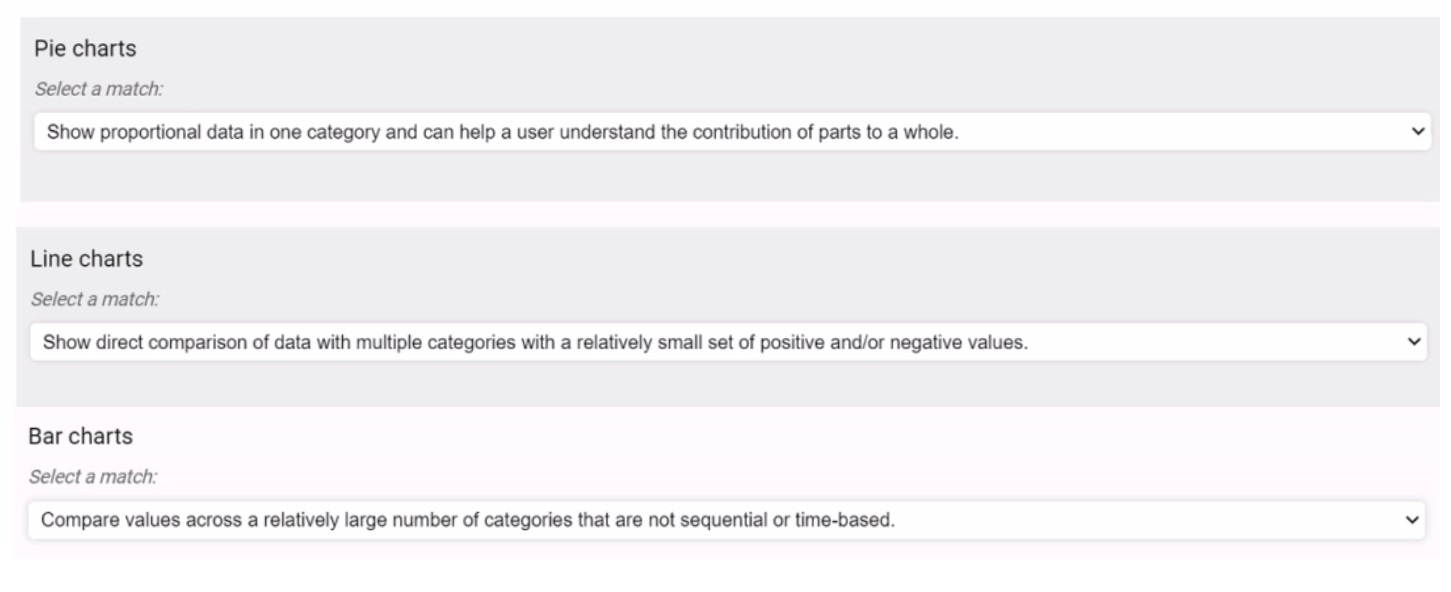Appian ACD200 - Appian Certified Senior Developer
You are creating a table to store book information for a library. The boot has a reference number (ISBN_ID), as well as a unique identifier (BOOK_ID).
For the CDT to be created, which data type should you choose for the BOOK_ID? (Choose the best answer.)
You are referencing and using arrays of a CDT (Custom Data Type).
Which two statements are true? (Choose two.)
You need to create a service account for a consumer to access the Appian Web API.
Which user type should be created?
A user is uploading a document in the Appian environment and wants to restrict the uploading of documents without extensions.
How can this be done at the environment level?
You are presenting data through data visualization.
Match the chart types to the data they are best suited to represent. Each answer will be used once.
Note: To change your responses, you may deselect your response by clicking the blank space at the top of the selection list.

You want to generate an email body which varies from one Appian environment to another. For instance, between DEV and TEST.
According to Appian best practices, how should you define the environment name? (Choose the best answer.)
During a sprint retrospective meeting, you need to get the team thinking about the outcomes of the last sprint.
Which two basic questions should you ask? (Choose two.)
Which two statements about the a!queryEntity() function are true? (Choose two.)
During the design review, you identified slow-operating expression rules querying a specific data store.
Which metric from the data_store_details.csv file will help you understand the “number of operations against data store?†(Choose the best answer.)
You need to build a process model that transforms a large data set.
Which two things should you ensure to include in your process model? (Choose two.)





